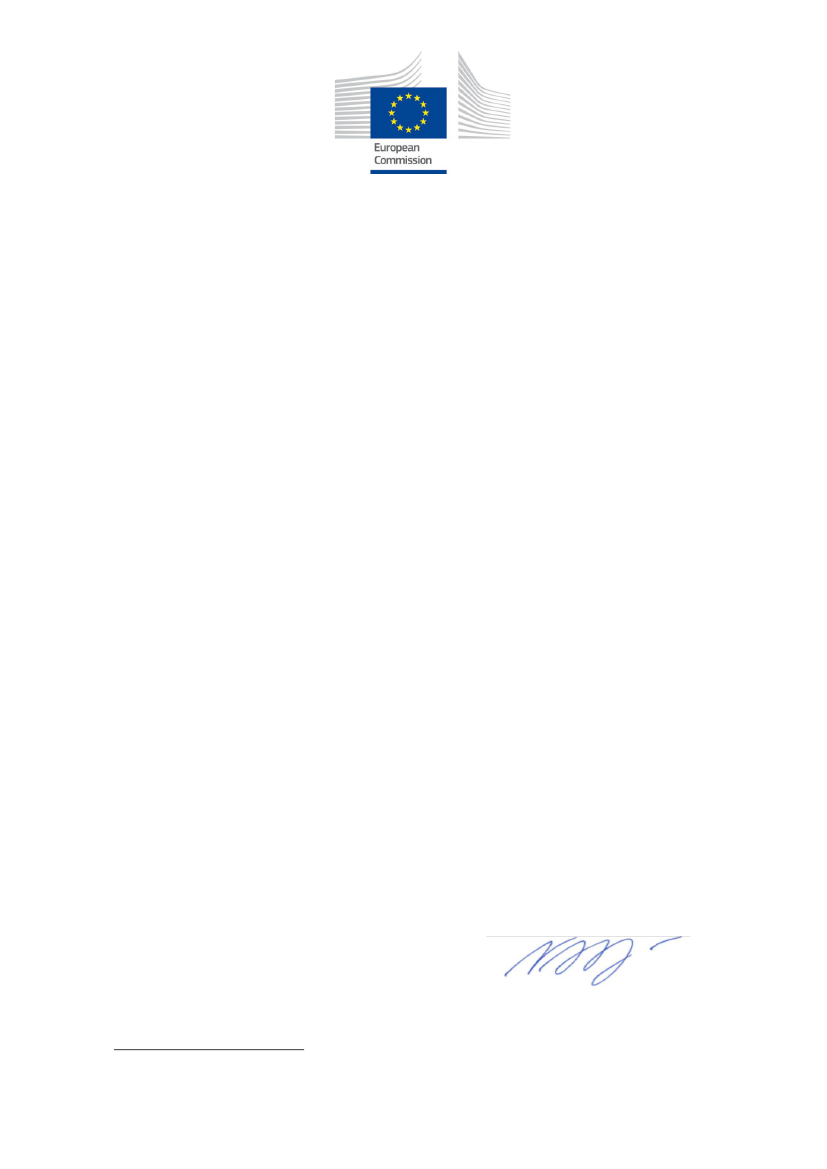
Commissioner for Environment
Oceans and Fisheries
V
IRGINIJUS
S
INKEVIČIUS
Brussels, 10/08/2023
Ref. Ares (2023) 7674714
Mr Magnus Heunicke
Minister of Environment of Denmark
Frederiksholms Kanal 26
1220 København K
DENMARK
Dear Minister,
I would like to thank you for your letter of 30 June 2023 concerning the Water Framework
Directive following our meeting of 27 June 2023. In your letter, you ask for assistance on the
interpretation of the Water Framework Directive
1
(WFD), notably in relation to a recent
ruling from the Danish Environment and Food Board of Appeal which you report will have
major consequences for some projects related to the transition to green energy. I understand
that, since the ruling deviates from the guidance of the Danish Environmental Protection
Agency, this leads to legal uncertainty and suspension of permitting procedures.
Acknowledging the urgency of your request, I hereby attach the views of my services on this
complex issue, while noting that only the EU Court of Justice can give an authentic
interpretation of Union law.
I hope that your authorities will find them helpful.
Yours faithfully,
1
Directive 2000/60/EC of the European Parliament and of the Council of 23 October 2000 establishing a
framework for Community action in the field of water policy, OJ L 327, 22.12.2000, p. 1